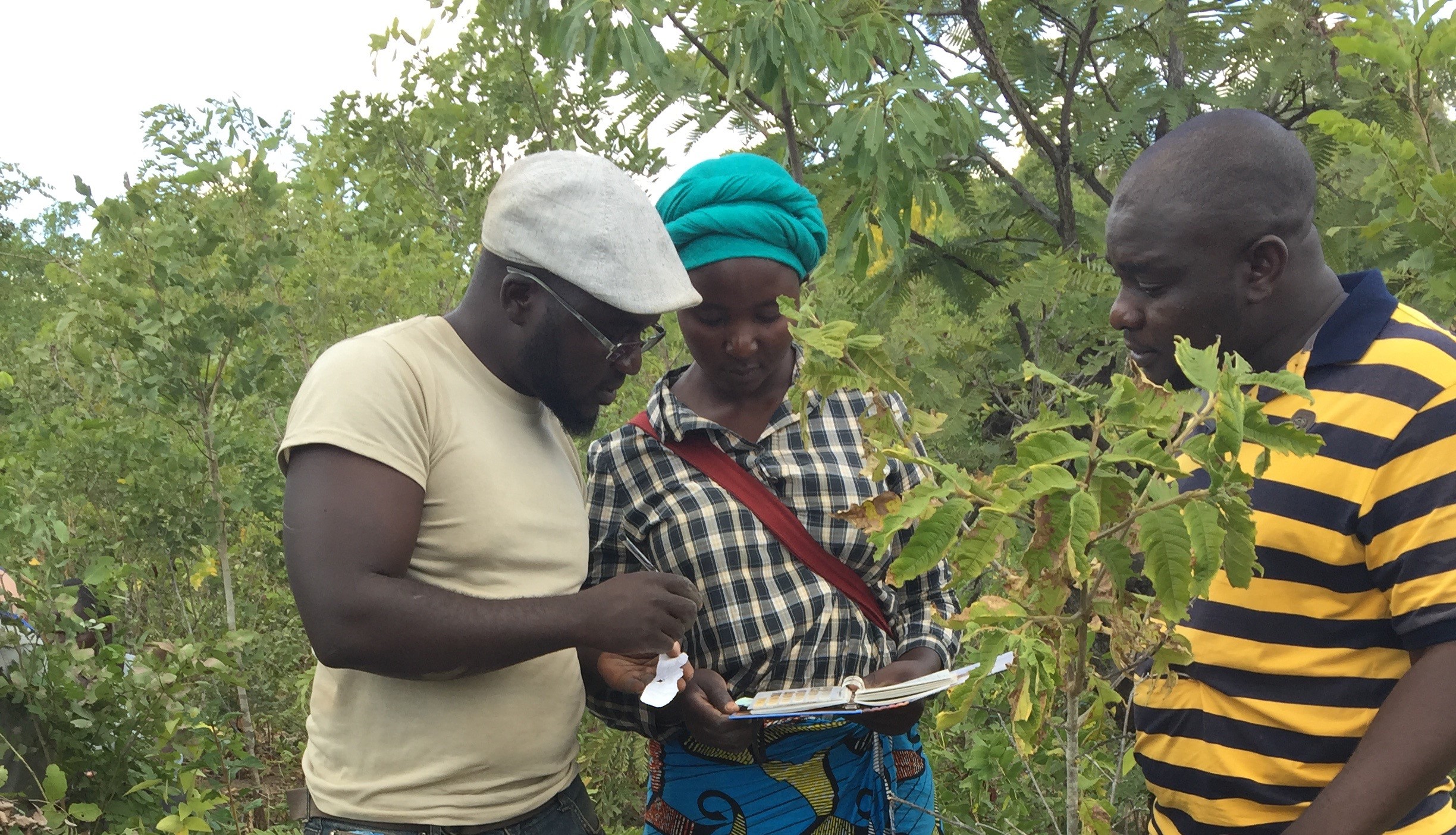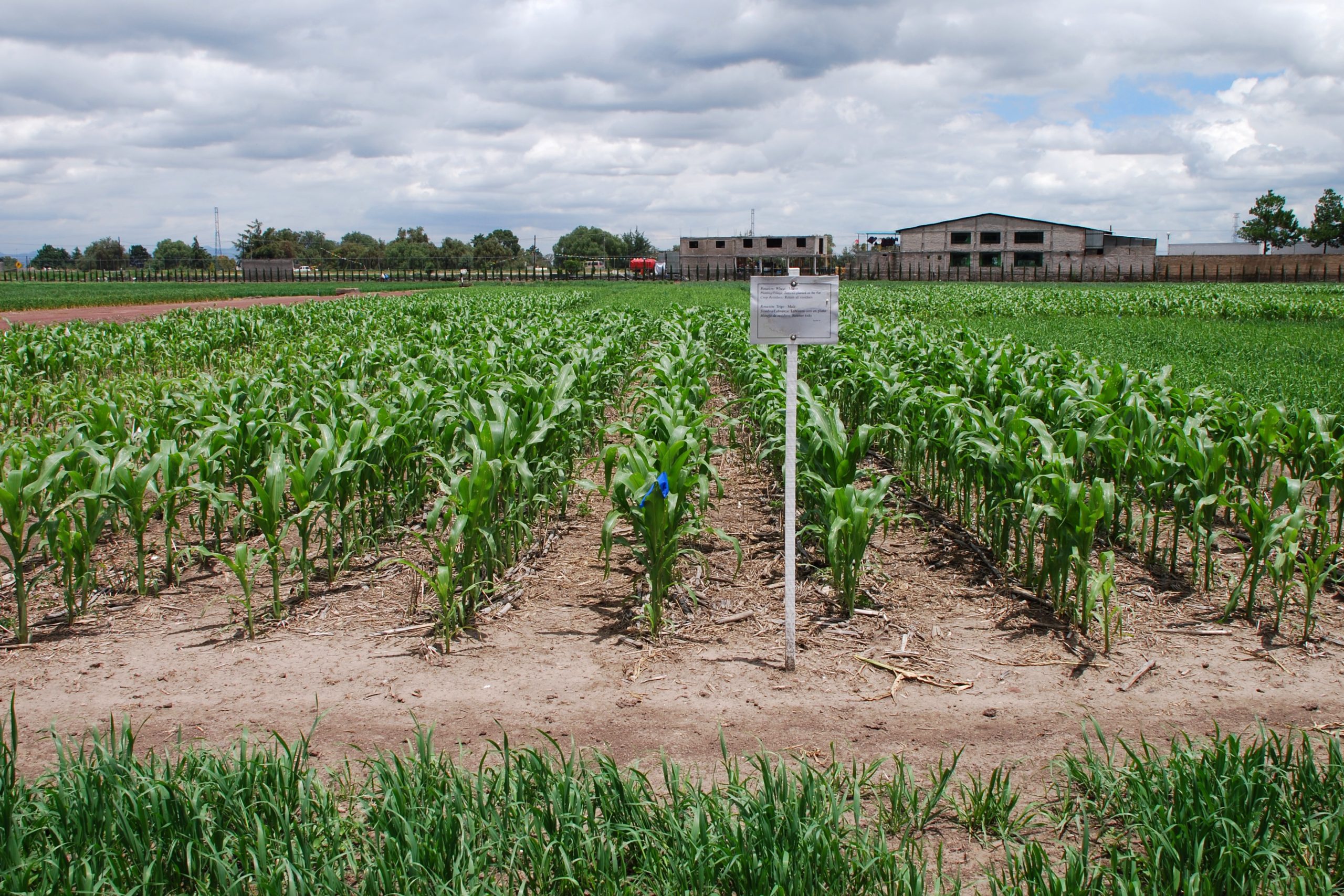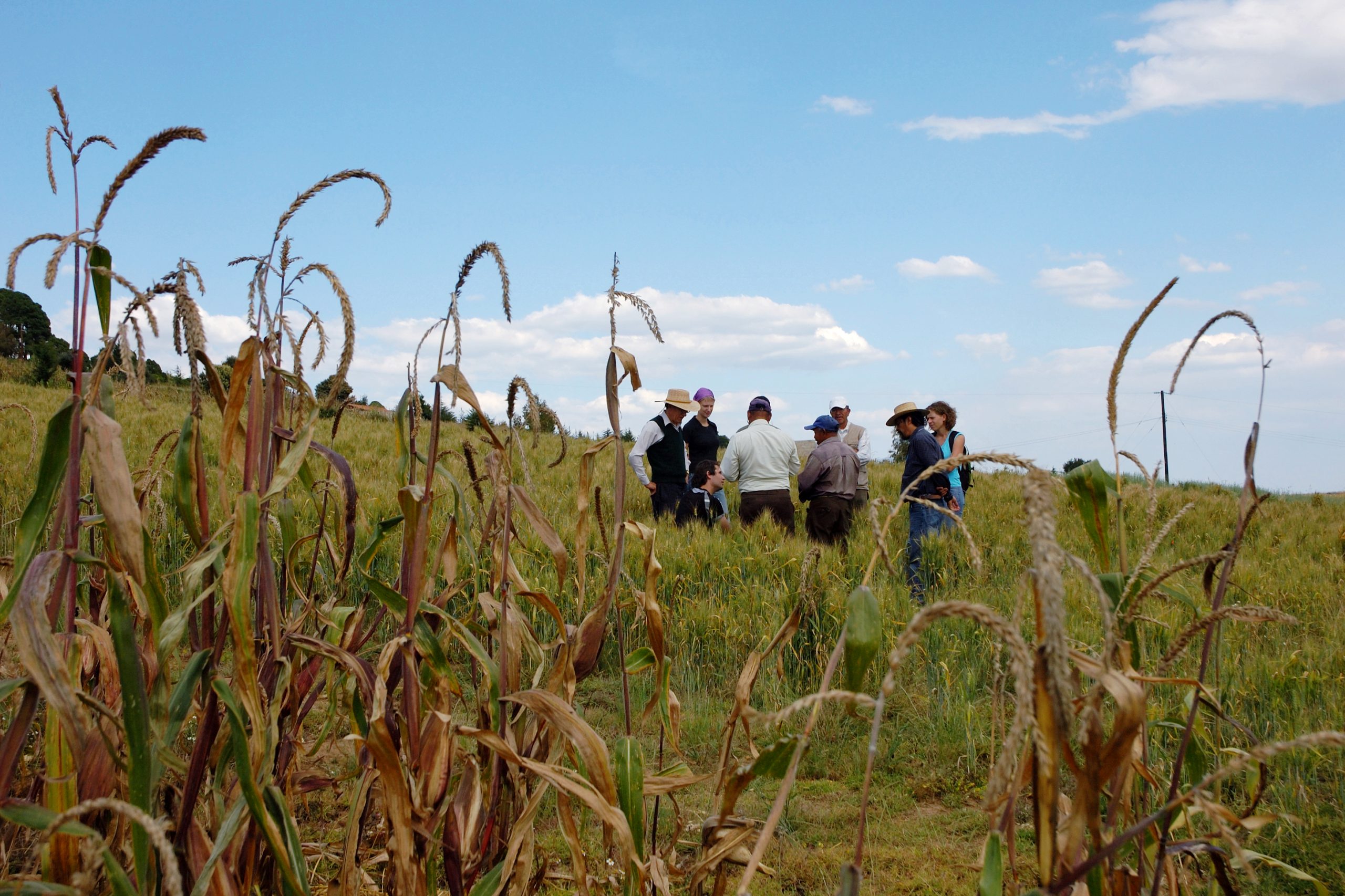Over the last seventy years, intensively managed monocultures, focused on maximizing calorie production, have become a dominant approach to global food production. This trend toward simplification in agricultural systems has supported productivity gains but has very troubling consequences for the environment including nutrient pollution and biodiversity loss at a massive scale. Restoring diversity is essential to regaining ecological balance.
Monocultures are generally all the same, turning biologically-rich systems into chemical-intensive engineered ones nearly devoid of life forms other than those yielding a genetically identical commodity crop. Their guiding principle is producing food ingredients as cheaply as possible. Biologically diversified agricultural systems can take many forms. Their guiding principle is recapturing resilience and resource use efficiency while supplying balanced diets and viable livelihoods.
In recent years, there have been many efforts to biologically diversify farming systems. Increasing the number of species and the genetic diversity is associated with improved resilience and resource use efficiency.
A new paper published in Science consolidates evidence from across a wide range of diversification strategies, applied on five continents, to understand how they affect environmental and social outcomes. These strategies encompass many different interventions ranging from crop rotations and cover crops to livestock inclusion to use of compost, hedgerows, and contour farming.

The study shows that the likelihood of environmental and social benefits goes up when a greater number of diversification strategies are combined. Importantly, the environmental benefits of diversification were found to be greatest in very simplified landscapes with less than 20% in non-crop area.
It also found that applying multiple diversification strategies in tandem reduces tradeoffs. In other words, the path to agricultural win-wins leads to diversified working landscapes, not just diversification strategies on individual farms.
The push toward commodity monocultures has been baked into many agricultural policies, such as subsidies and trade deals, and into land tenure systems. The monoculture bias is also reinforced through pricing, payment, and other supply chain arrangements. Even research agendas have encouraged monoculture with the long-term emphasis on yield-focused breeding.
It’s time to dismantle the structural barriers that leave so many farmers just getting by “against the odds” and at the expense of functioning ecosystems.


 Climate adaptation and mitigation
Climate adaptation and mitigation 
